Welcome to the JamWithLauren Blog
Many of these articles are inspired by questions from our JWL students. If you can’t find a post that digs into the issues that are plaguing you, consider signing up for lessons with Lauren. When you sign up you will gain access to her amazing curriculum and be able to ask Lauren questions. Who knows, maybe your question will inspire the next post!
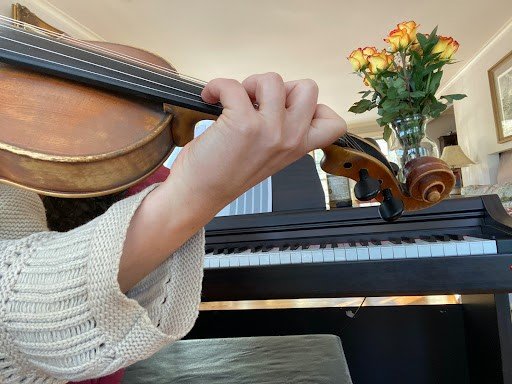
Harnessing the Power of the Pinky: Left Hand Fiddle Technique
Many fiddlers grumble about using their pinkies while they play. I’ve met lots of students who always prefer to play an open string rather than nervously attempt a potentially out-of-tune pinky. But seriously, why limit your hand to three fingers when you’ve only got four (no thumbs on the fingerboard please) to begin with?

How Fiddlers and Guitarists Find the Sweet Spot: Where Creative Backing and Expressive Melody Meet.
Since fiddle and guitar are my primary instruments and I enjoy playing both in a variety of contexts, I thought I’d focus this piece on a tendency I’ve encountered for that instrumentation to lock one musician into the role of the backing player (guitar) and one into the role of the melody player (fiddle) in a way that can ultimately stifle the creative output of both players to the detriment of the overall musical experience.
![Life Lessons Learned Through [Teaching] Music](https://images.squarespace-cdn.com/content/v1/5ea09a31b06d660224dc77aa/1637083286145-QWDUTUXTE2U5MD94VVHD/Life+Lessons+Learned+Through+Teaching+Music.jpg)
Life Lessons Learned Through [Teaching] Music
We listen to music because we want to feel things; we play it because we want to feel things ourselves and because we want to make other people feel things. This means that it is crucial for musicians to feel like they can be themselves, and safely express whatever it is they have inside that reflects who they are. This is all about acceptance and making space for people. Creating music with or for other people is a common goal, but this doesn't mean that there is one way to go about it. In fact, there are endless ways.
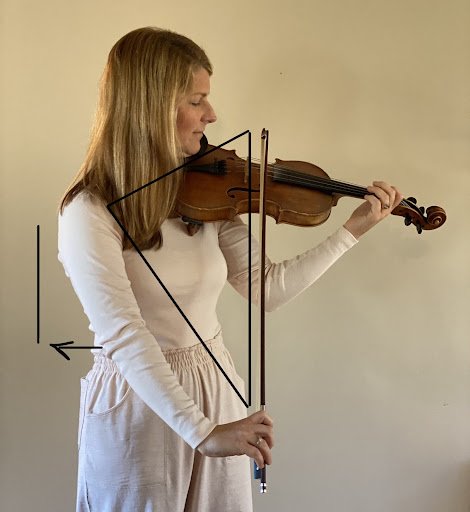
How to Improve Violin Tone and Bow Control: Recipes for Mixing Pressure, Placement, and Speed
As we draw the bow across the strings in various rhythms and phrases, skilled players are constantly adjusting these three components to find the perfect blend. Adding more weight might require using less speed. Or vice versa, increasing the speed could be necessary to balance your additional weight.

How and Why to Join the Rhythm Section as a Fiddler
Today, I want to talk about rhythm. I am primarily a fiddler, and the fiddle is often considered a “melody” instrument. However, this is a misnomer because many instruments including the fiddle can play melody, chords, and rhythm simultaneously and separately. There is no good melody without good rhythm!
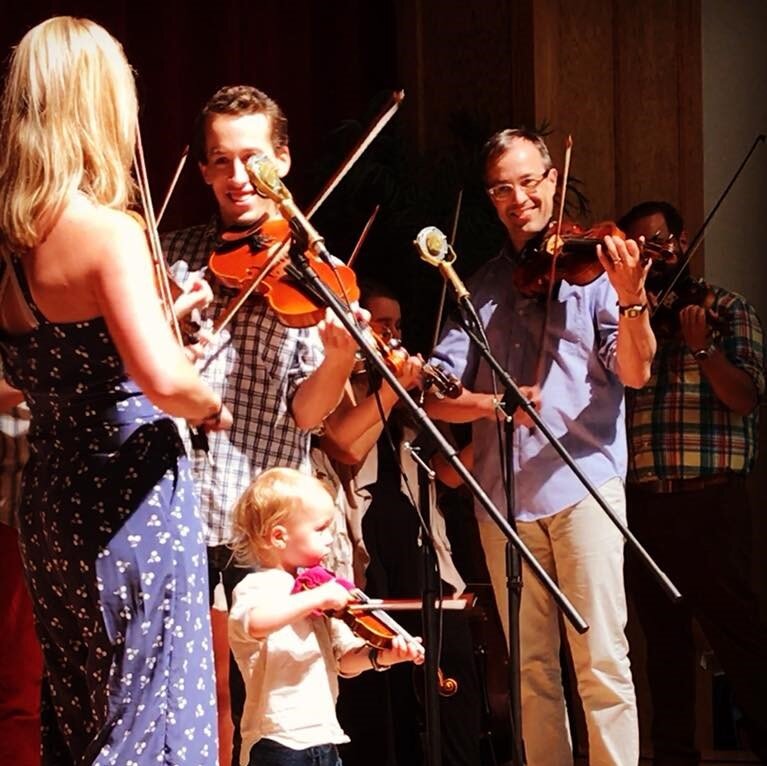
Understanding Bow Direction and Why It Matters: A Fiddler’s Guide
The bow sets the fiddle apart from all other instruments. With the bow, a fiddler can emote like a vocalist and groove like a drummer. Bowing styles can help listeners identify the musician from a single phrase- perhaps even a few notes. On the flip side, the bow can be a source of aggravation and keep fiddlers from unlocking their full potential.
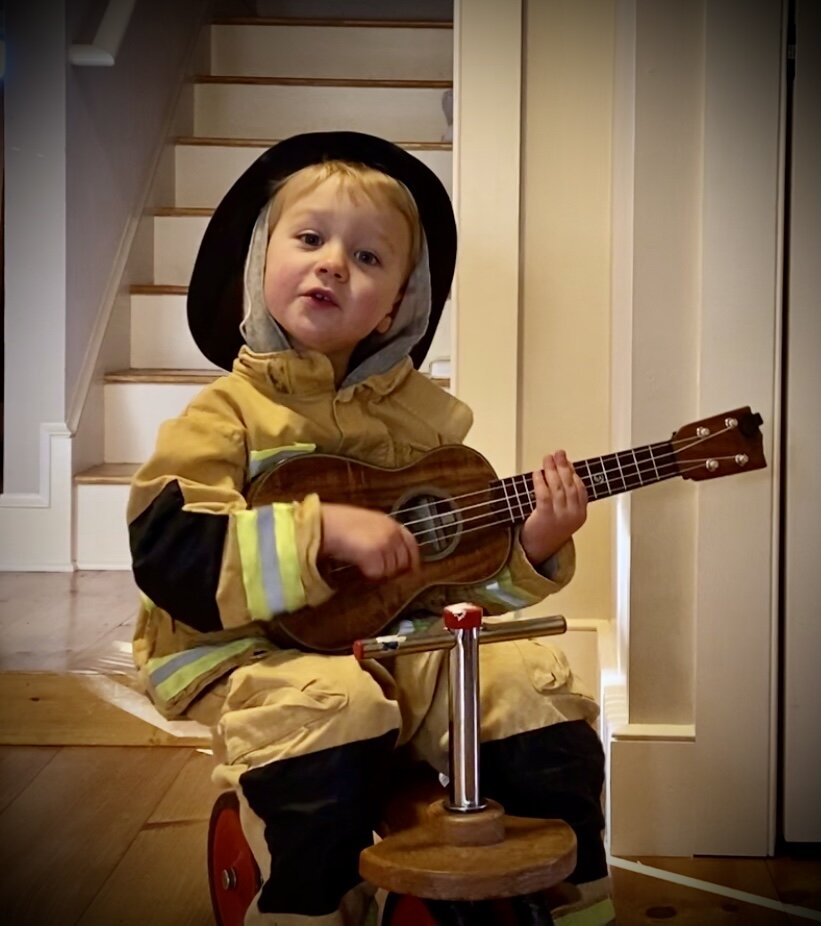
How To Approach Learning as an Adult: Play Like a Child
One aspect of my studio that will always interest me is seeing how differently our brains process new skills as we age. My students range from 5 to 75+, and the physical, mental and emotional abilities are always unique to each individual.

How to Start Improvising on Fiddle Tunes
I’ve always been nervous about improvising solos. If you’ve been in a band with me or perhaps been a particularly observant audience member, you know that I usually pass on the opportunity to step up to the mic and bust out a dazzling solo. But, something shifted when I had kids…

On Sounding Bad, Before Sounding Better: Making Progress as a Musician
It is my belief that we have to allow ourselves to sound bad, in order to sound good. We must think of sounding bad as part of the process, a step we go through as we move towards the target sound we have in our ears.
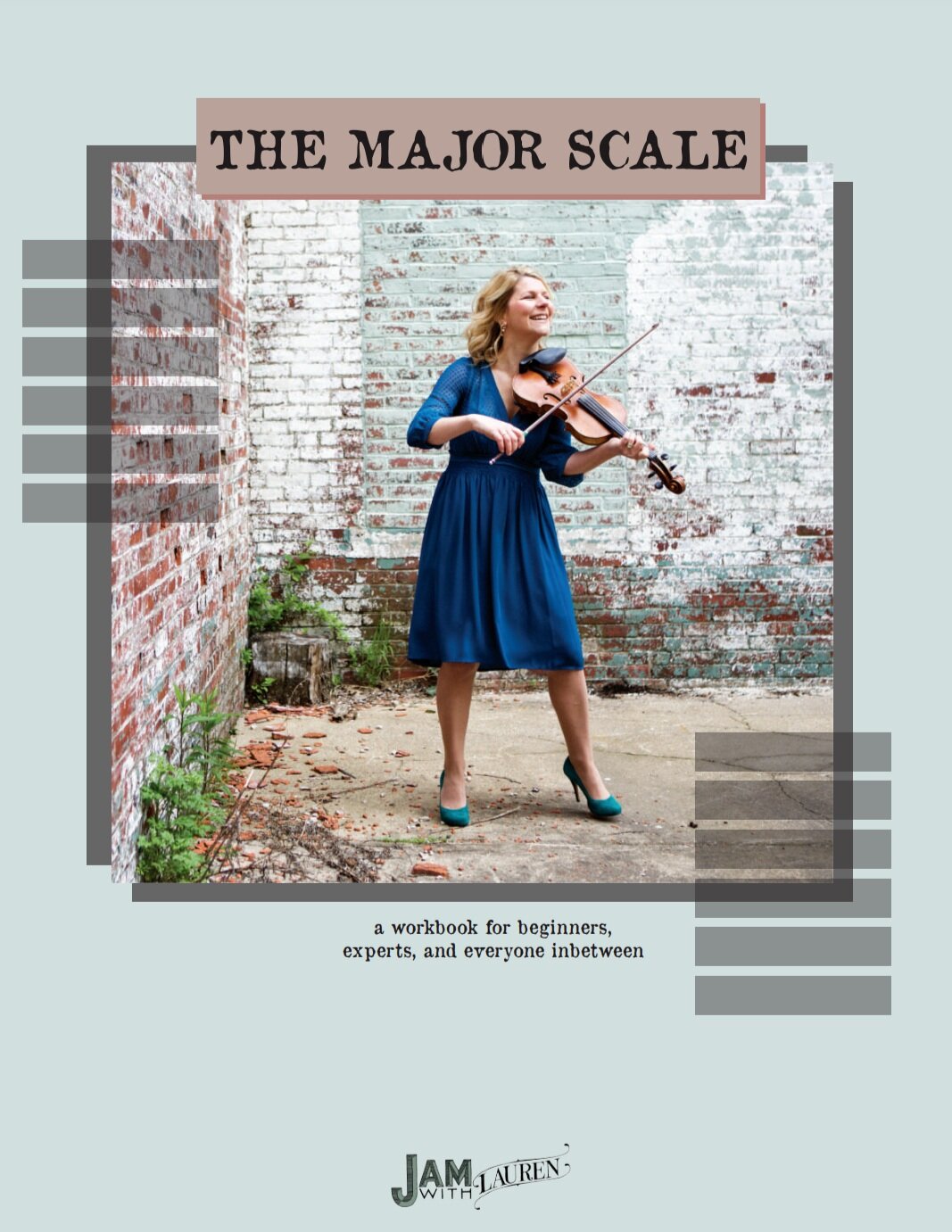
Major Scale Lesson
After teaching with this book for over a year, I realized that these diagrams do indeed help foster independence and confidence in my students. They are, however, more helpful with my repeated explanations and guidance, and perhaps possibly overwhelming without my talking you through the fingerboard maps.
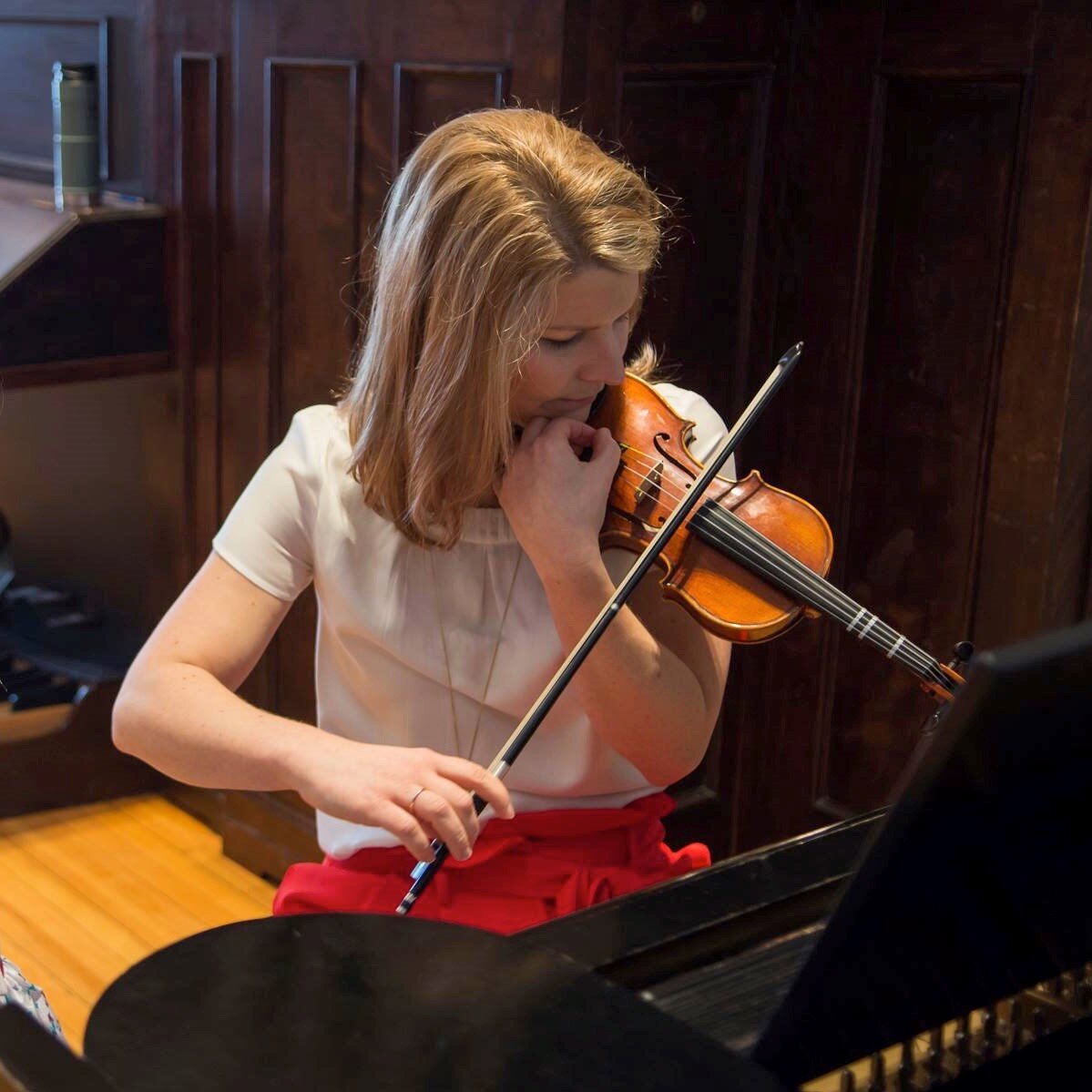
How To Cross Tune Your Fiddle
Cross tuning a fiddle is common practice in many traditions around the world, but often produces a bit of apprehension and confusion with musicians who are most comfortable with the ‘standard’ tuning of GDAE. Let’s demystify the process so you can begin to enjoy the benefits and fun idiosyncrasies of each tuning.
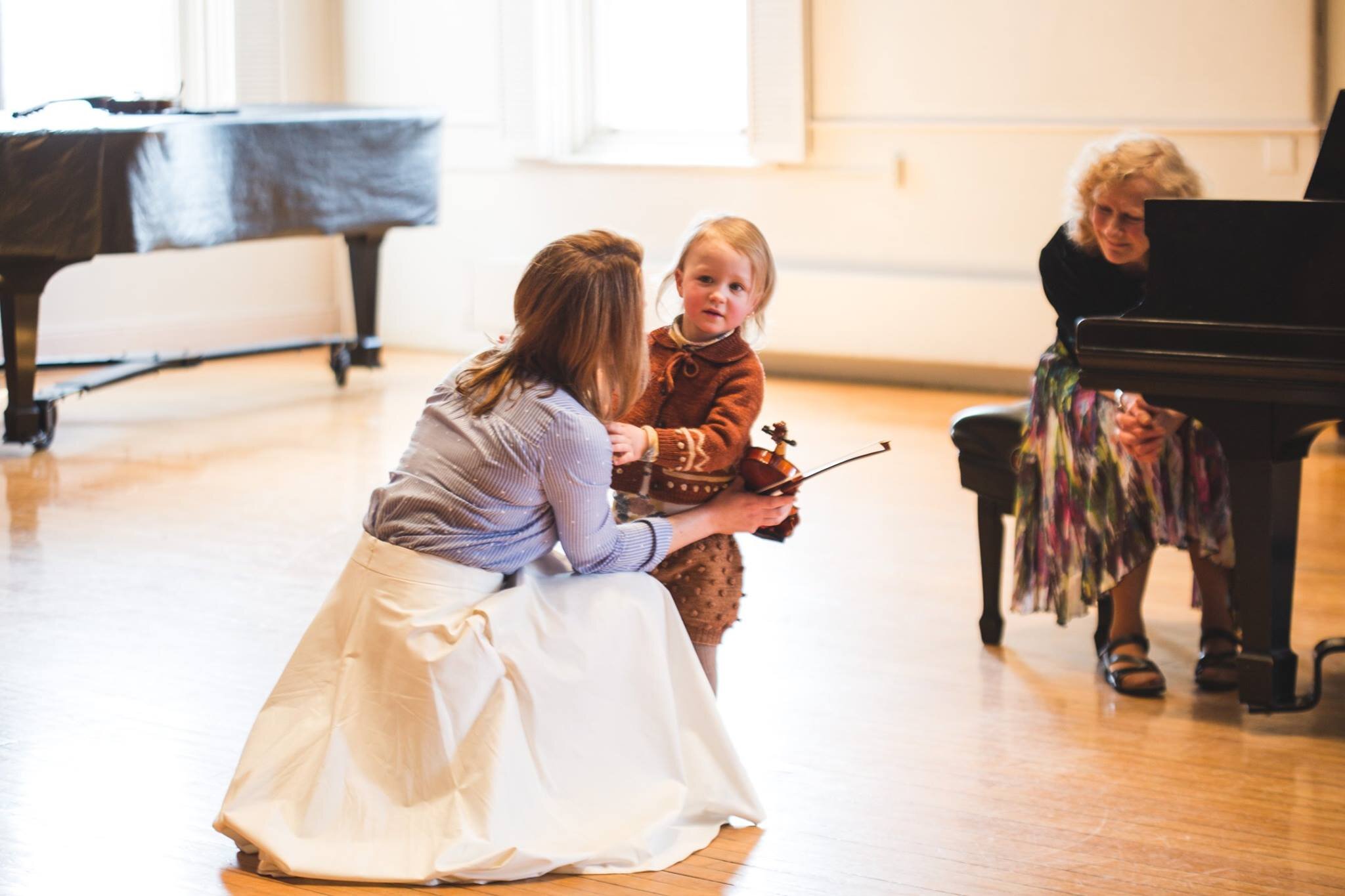
How To Prepare for an Anxiety-Free Performance
We’ve all been there. That moment before or in performance where things start to crumble and fumble out of your hands. Not because you’re unprepared - quite the opposite really, you’ve been practicing and sounding great. It’s just that right at that moment you’re not sounding your best. And then you start to get upset that you’re not sounding as great as you like/could/‘should’ and that exacerbates the problem.
I am here to strategize and make a plan so your next performance opportunities (either on Zoom or on stage or at your family gathering) are filled with more joy and less anxiety. Let’s get to work.
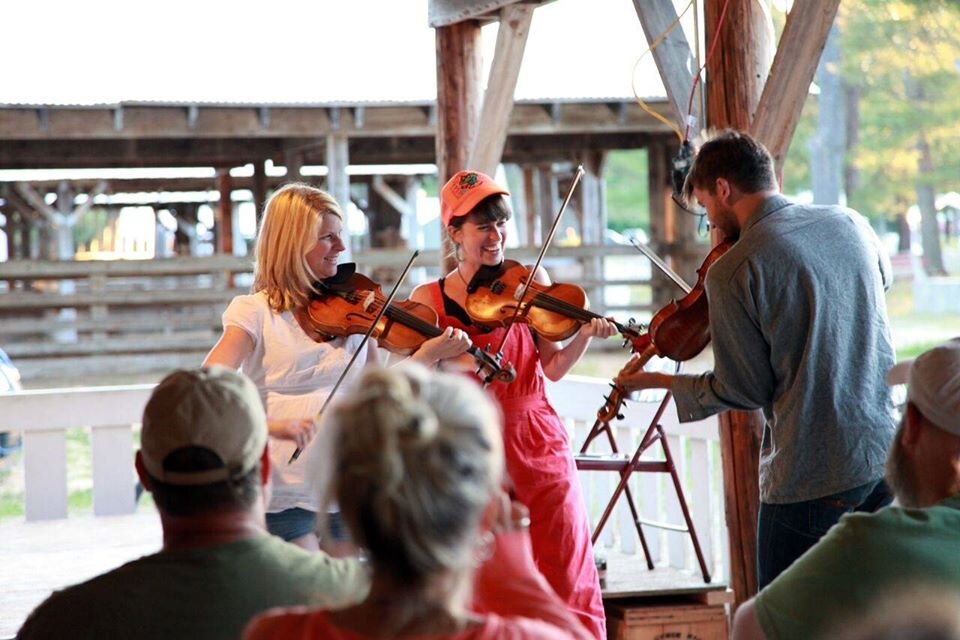
How To Create a Three Part Harmony
I have always looooved the sound of three-part harmonies - for voices and instruments. As a younger player who didn’t grow up learning harmony parts, I always wondered how other musicians could figure them out on the fly. Did they just know how the parts sounded and used their ears? Were there ‘rules’ that I just didn’t know about? Some of the time I could figure out a bit of a harmony part - if I lucked out that the third above or below the melody was also a chord tone, but I inevitably would get stuck and not know how to ‘fix’ it. Or all the notes would be ‘correct’ and yet all the parts wouldn’t blend together. So if this scenario sounds familiar to you, I’m here to help give a little guidance on how to figure out the tenor and baritone parts to complement your melody.

How (And Why) To Practice Scales
As a young student, I remember teachers making me play scales. I never wanted to play them, but I always had to play them for school orchestra tests and youth symphony auditions. To make things worse, I didn’t understand why I needed to learn scales. Or even how to practice them. Why would I work on something if I didn’t understand how it could help me or how to practice it? I only wanted to practice things that were fun!
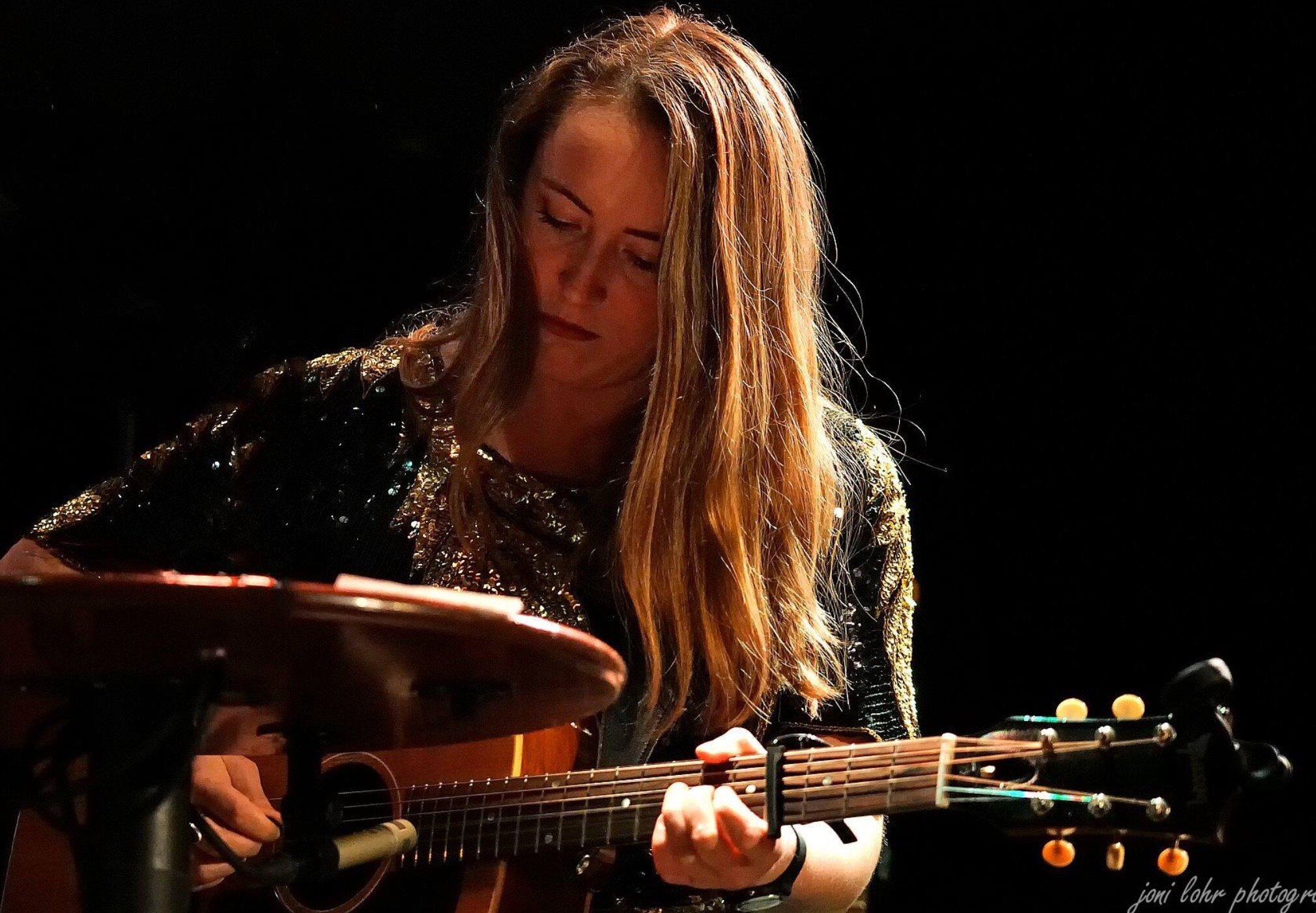
How To Improve Your Groove
Groove is such a difficult concept to pin down in words. And I already knew this because I try to talk about it on a regular basis! I talk about it with my bandmates, with my students, and with my musician friends, and we often find ourselves struggling to articulate what exactly we want to say. Groove is mysterious. Groove is what makes music and people dance.
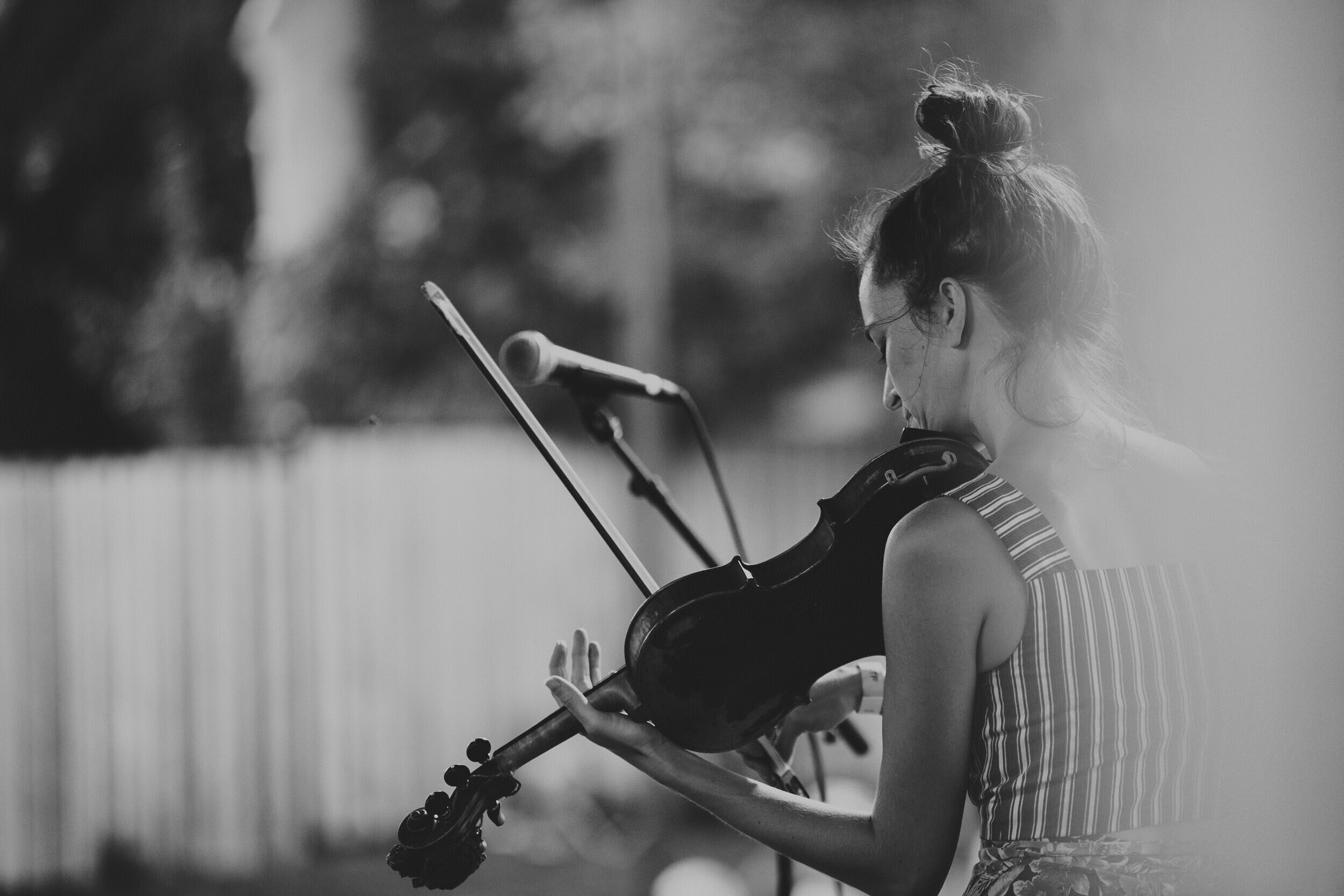
How to Use Source Recordings for Inspiration
I want to talk to you about listening to old recordings. These days there are many incredible resources available to us—a big one being YouTube. For example, this great video popped up a few days ago of Tommy Jarrell and Fred Cockerham in 1971. If you have only a few spare minutes, check out their rendition of “Cluck Old Hen” just after 9 minutes in.
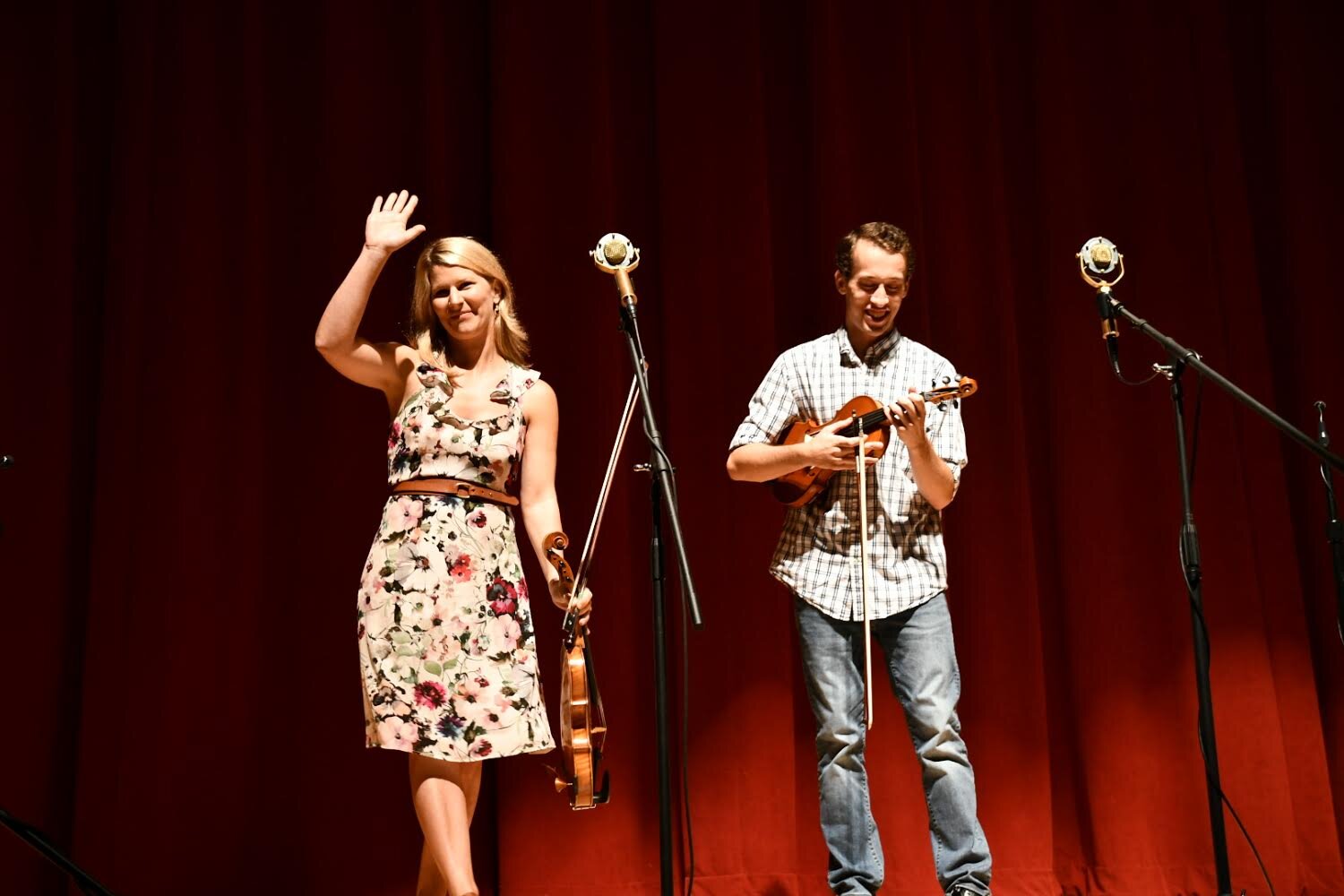
How To Know When to Move to the Next Tune
One of the most common decisions I make as a teacher is when a student should move on to new repertoire. When one of my JamWithLauren subscribers asked me how he’ll know when he’s ready to set one tune aside and start working on another, I thought it might be helpful to outline some general guidelines and share them.
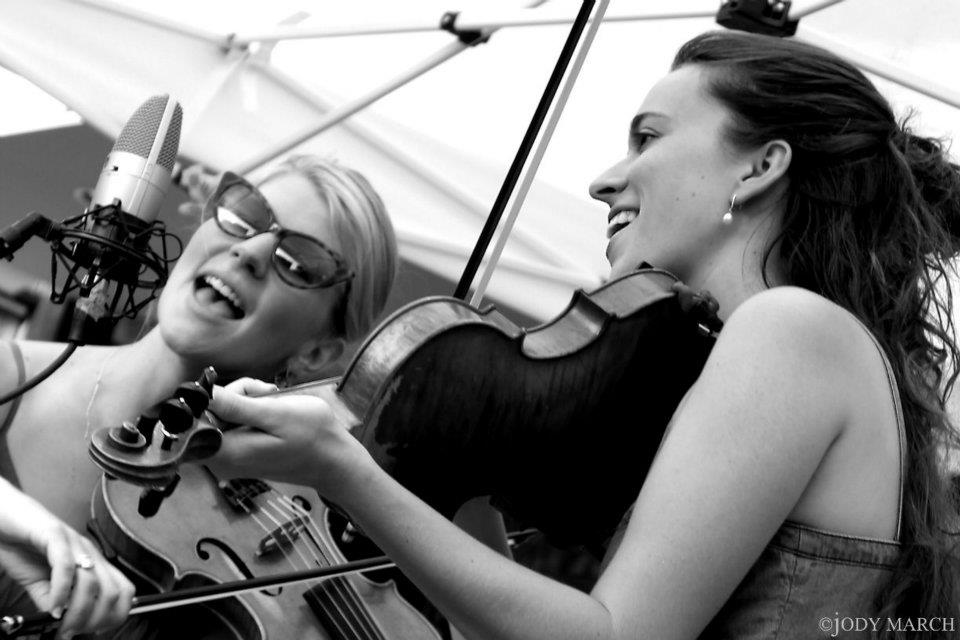
How To Sing While Playing A Bowed Instrument
Your voice is perhaps the most natural melodic instrument you’ll find, and the most portable! We were all born using our ‘pipes and chords’ and I urge you to sing, especially if for some reason you think you can’t. Because you can. Everyone can sing. It just takes practice. Like everything in life, amirite?
In this post, I’ll discuss ways your knowledge from your instrument and hands can help guide your voice to improve, and then vice versa.
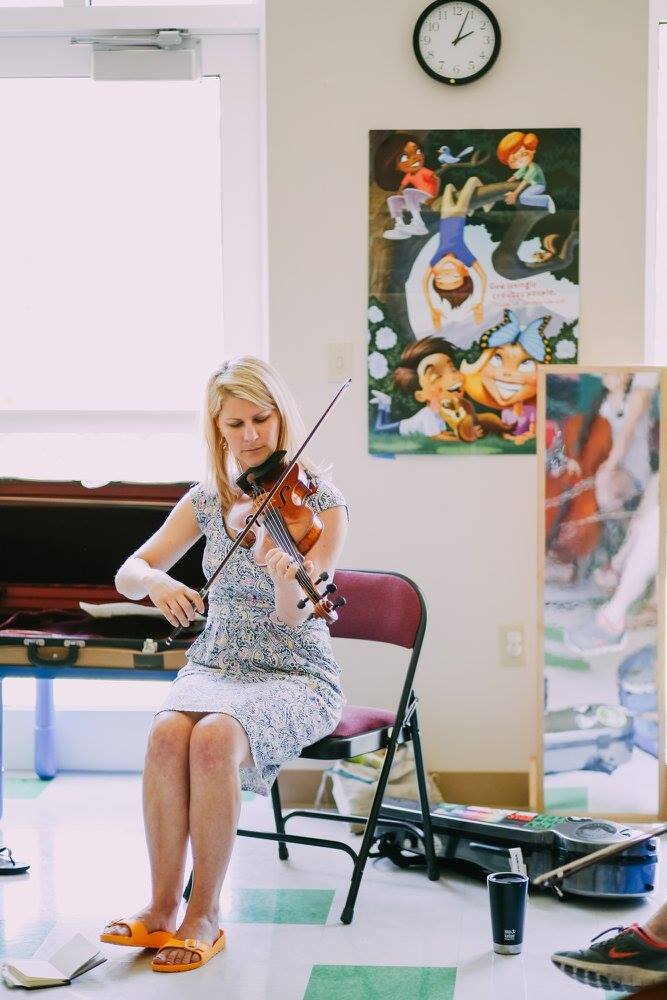
How To Play Music At A Faster Tempo
When you are ready to move up a level and begin to increase your tempos, it’s an exciting time. Whether you’re going from slow to mid, or mid to performance and jam speeds, this post should have some helpful suggestions for your time in the woodshed.
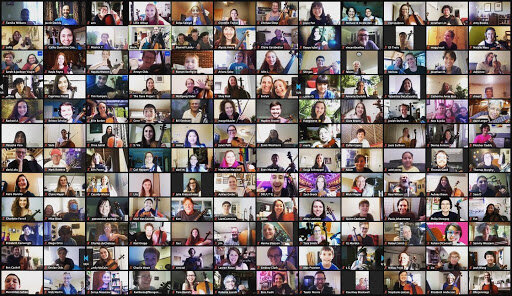
How-To Make the Most of Online Fiddle Camps
As large gatherings continue to be memories in our past and dreams of our future, summer music camps are presently online. While each camp is trying out its own virtual versions, here are some thoughts on how to make the most of these experiences.
